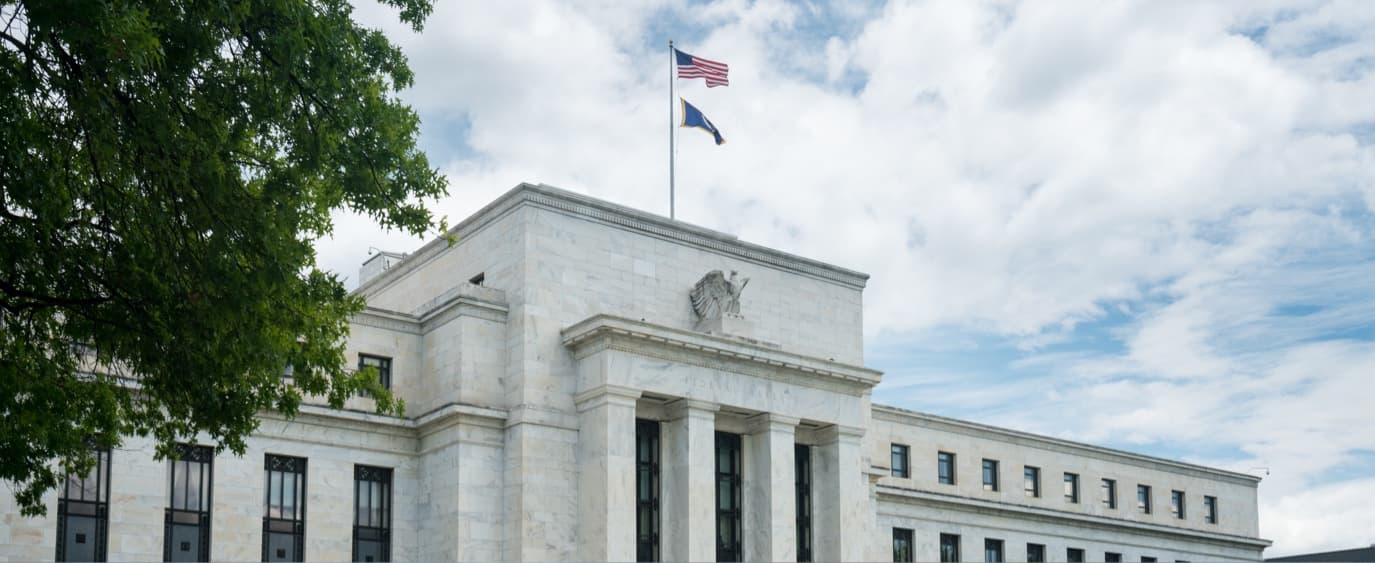May 01, 2019
What’s Going on With the Federal Reserve and Interest Rates?
Inflation is low, the economy is strong, and politics plays a part

The Federal Reserve Board decided to leave interest rates at their current levels on Wednesday, May 1.
The nation’s central bank, known as the Fed, sets a key interest rate that determines interest rates that consumers pay on everything from credit cards to car loans, as well as the interest paid on bank accounts, among other things.
By leaving interest rates where they are, the Fed is reversing a policy of rate increases that it followed throughout 2018. It cited low inflation and strong employment as reasons for staying the course, but also noted consumer spending is slowing.
Here’s a short explainer on the Fed, and its role in the economy, and setting interest rates.
What does the Federal Reserve Do?
The Federal Reserve is the central bank of the U.S. It oversees 12 district banks, which together are responsible for the monetary policy of the U.S.
The Fed’s mission is to oversee the health of the nation’s financial system. It attempts to keep the economy strong and growing by enacting policies to maintain low inflation and healthy employment levels. It does this primarily by adjusting interest rates, and lending money to the nation’s banks.
The central bank can adjust something called the federal funds rate, which is a short-term rate that it charges banks to borrow and lend money to one another. The federal funds rate forms the basis of other interest rates, such as for credit cards and mortgages, and it even factors into the yield offered by many bonds.
The Fed has been steadily increasing interest rates since 2014. The increases follow a seven-year period when the central bank left interest rates at or below 0%, to stimulate the economy following the recession.
It raised rates four times in 2018, and it’s current benchmark rates is between 2.25% and 2.50%. The last time the Fed raised rates was in December, 2018.
Although the central bank is supposed to operate independently from politics, President Trump has pushed back heavily against the increases, fearing they could affect the stock market. He recently suggested on Twitter that the Fed should slash interest rates, something the Fed did not think was necessary.
What does this mean for the stock market?
In December news of the interest rate hike sent stock indexes tumbling, because the Fed also suggested the pace of economic growth might cool off in the next year.
When interest rates go up, it can also make borrowing costs for businesses, not just consumers, increase as well. That can eat away at profits for some companies, and that can also factor into stock market swings.
Markets dropped on Wednesday, because the Fed did not cut rates, according to CNBC.
Check out this message about the value of long-term investing (and avoiding market noise) from Stash’s CEO Brandon Krieg.
Related articles

financial-news
Apr 07, 2025
Investing During Volatile Times

financial-news
Apr 03, 2025
How to Stay the Course Through Tariffs and Turbulence

financial-news
May 15, 2024
Rebirth of the meme stock craze? 5 brutally honest reasons why you shouldn’t be buying, despite the hype

budgeting
Jan 09, 2024
9 ways to celebrate financial wellness month

financial-news
Nov 09, 2023
What is a Recession?

financial-news
May 15, 2023
The Stash Way: Invest Regularly
By using this website you agree to our Terms of Use and Privacy Policy. To begin investing on Stash, you must be approved from an account verification perspective and open a brokerage account.
